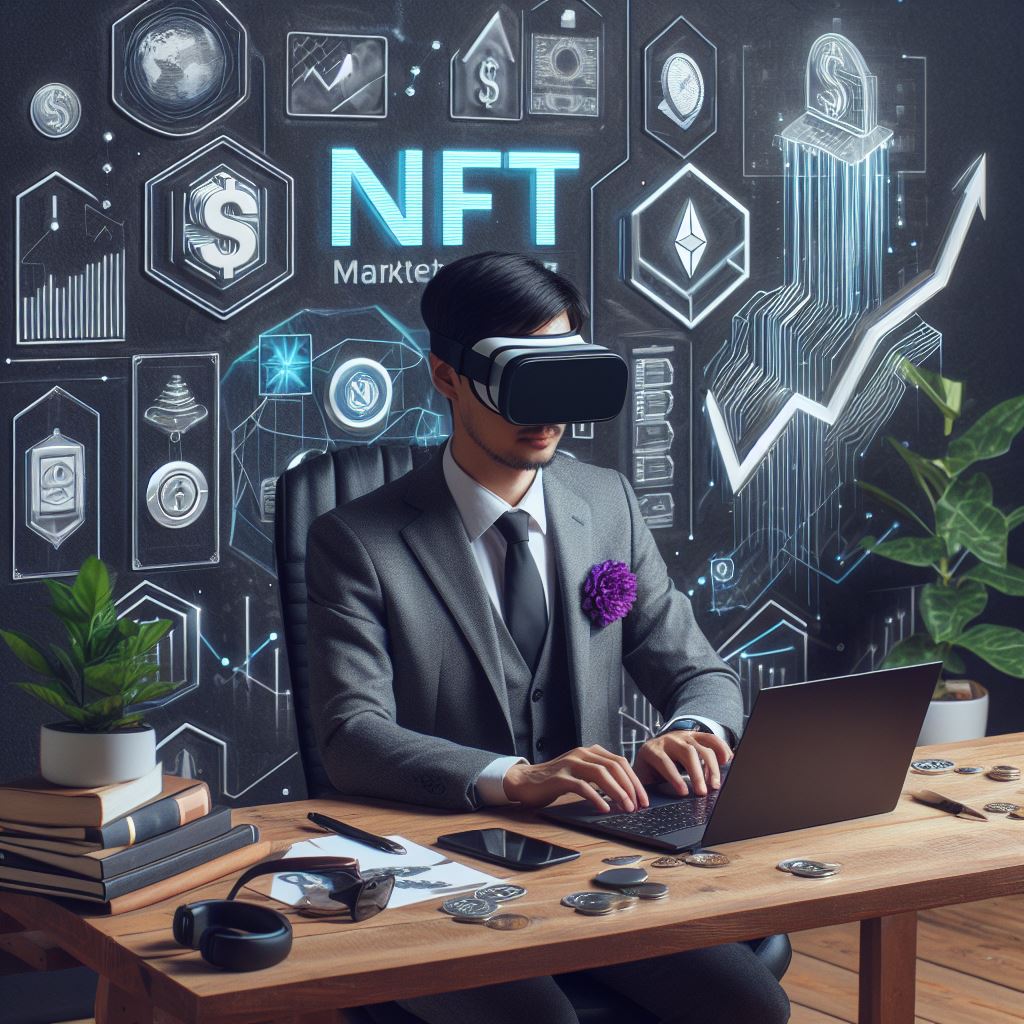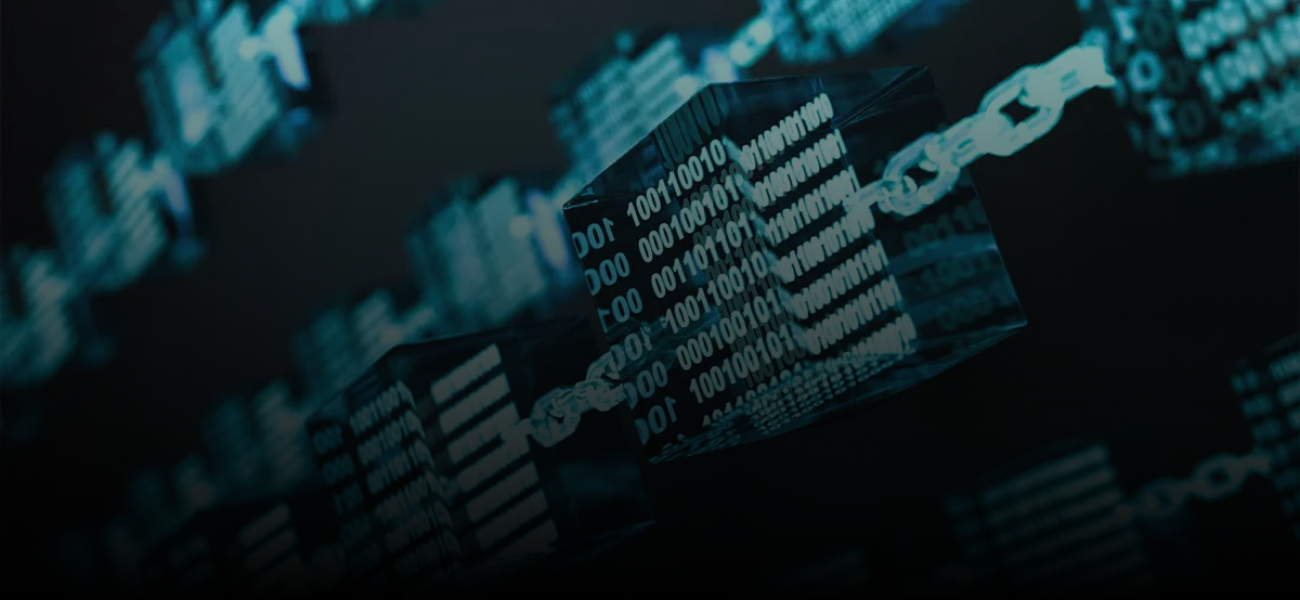NFTs are a relatively new concept, but they are rapidly gaining popularity with businesses exploring fantastic crypto opportunities. NFT marketplaces are among these opportunities, with the NFT market expected to reach $80 billion in worth by 2025.
It might take a lot of time, money, and effort to develop your own NFT marketplace platform. But with the proper guidance, you significantly increase your chances of success as you learn how to build the most cost-efficient solution. So here we are.
In this comprehensive guide, we’ll discuss how to build an NFT marketplace from scratch, covering the costs, the tech stack needed, the key steps to take, and the factors to consider.
What Is the NFT Marketplace, and What Is the Cost of Development?
Let’s start our NFT marketplace development guide by defining the concept of the NFT marketplace.
An NFT marketplace is a digital platform aimed at helping users buy, sell, and trade non-fungible tokens (NFTs). NFTs are unique digital assets stored on a blockchain and often represent various digital artwork.
NFT marketplaces connect art creators and collectors. Creators have the ability to mint and list their digital assets while collectors purchase and store them. The NFT marketplace itself passes the transaction and takes a commission for every purchase.
The most popular NFT marketplaces include:
- OpenSea
- Rarible
- Binance
- SuperRare
The key features provided by such platforms are the following:
- Payment services
- Wallet integration
- Auction boards
- Search options
- Ratings
- Listing status
The cost of NFT marketplace development can vary depending on factors such as project scope, chosen technologies, and the level of complexity of the desired NFT marketplace features. The development budget can start from as low as $50,000 and go up to $200,000.
Tech Stack for NFT Marketplace Development
An NFT marketplace requires a robust tech stack to ensure the platform is secure, scalable, and efficient. Choosing the right tech stack can help your marketplace achieve maximum performance, while the wrong one can lead to failure.
Let’s consider the main components and technologies included in the NFT marketplace development tech stack.
Frontend
To develop a user-friendly and visually appealing platform that works seamlessly across different devices and browsers, an adaptable and robust frontend is essential.
The most popular technologies used to build an NFT marketplace frontend are:
- React – a JavaScript library aimed at building UIs for single-page apps (SPAs) with reusable components and declarative programming.
- Next.js – a framework that allows you to build server-side rendered apps with automatic code splitting, optimized performance, and hot module replacement.
- Bootstrap – a framework that helps develop responsive and mobile-first websites.
Backend
Backend development is another critical aspect of NFT marketplace development services that requires careful consideration. The backend is responsible for handling various app operations such as storing NFT data, managing user accounts, handling transactions, and ensuring the security and integrity of the platform.
Here are key technologies to choose from:
- PHP – an open-source programming language for creating dynamic web apps and web pages; it provides different frameworks and libraries to build scalable and secure apps.
- Python – a popular programming language with high-level coding capabilities and various programming paradigms.
- Django – a Python-based framework with libraries and tools to build high-performing and scalable apps that can handle complex data models.
Blockchain
The backend of an NFT platform requires reliable and secure underlying blockchain technology. Ethereum and Polygon are two of the most popular blockchain platforms used to create an NFT marketplace. Ethereum is trusted for its security and stability, while Polygon boasts faster transaction speeds and lower fees.
As for the programming technologies, you should consider the following:
- Solidity – a high-level language developed specifically for Ethereum smart contract development. It helps define the behavior of NFTs, such as metadata, transferability, and ownership.
- Rust – a system programming language that allows writing safe and efficient code for smart contracts.
- Viper – another programming language for secure smart contract development on Ethereum, designed to be easy to read, write, and audit.
Database
Databases are needed to store user information and transactions securely. MongoDB, PostgreSQL, and MySQL are the most popular solutions.
Let’s take a closer look:
- MongoDB – a document-oriented data storage program known for its ability to handle large data volumes, flexibility, and scalability.
- PostgreSQL – an open-source relational database management system (RDBMS) that supports complex queries and advanced features. It also offers data consistency and reliability.
- MySQL – another RDBMS that provides high performance and scalability, an easy-to-use storage engine, and various helpful plugins.
How To Build an NFT Marketplace: 7 Essential Steps
Building an NFT marketplace requires careful planning and execution. Below, we outline the key steps involved in the process.
Step 1. Define your project requirements
Before you decide to hire NFT developers, you will need to define your project requirements. This involves identifying your target audience, the features you want to include, and the goals of your NFT marketplace (what kind of problem you want to solve or what need you’re trying to satisfy).
Defining your project requirements helps you identify the project’s scope and create a roadmap for future development.
Lionwood.software’s input: We can help you with market and product research to identify your target persona, goals, and requirements, and design the most efficient development plan for you.
Step 2. Choose the best-fit tech stack
Selecting the right technologies that meet the needs of your project will help you succeed in your NFT marketplace development. Consider factors such as platform scalability, security, and efficiency when choosing your tech stack.
Lionwood.software’s input: Our engineers have rich expertise in comprehensive tech stack, so we can help you choose the most suitable technologies and provide the best talent.
Step 3. Create a prototype
Creating a basic version of your NFT marketplace will allow you to test your ideas and get feedback before investing in the full development.
Don’t overcomplicate the design — it should be simple so that even beginners can navigate it. You can use tools like Figma or Sketch to create a prototype.
Lionwood.software’s input: Our top-notch UX designers will create workable prototypes for your project so you can test it with real users.
Step 4. Develop an MVP
After creating a prototype, the next step is developing a minimum viable product (MVP) to give users a sneak peek at your future product and help you find prospective partners and investors.
The MVP is a cost-efficient solution for building an NFT marketplace that allows you to test basic features and proof your ideas before proceeding with advanced development.
Lionwood.software’s input: We’ll help you develop an MVP in 1.5 to 2 months with all the core features.
Step 5. Adjust to create a 1.0 version
Using the feedback gathered from a focus group, adjust your MVP to create a 1.0 version of your NFT marketplace. This includes building the frontend with smart contracts, and it should have all the features described in your project requirements polished based on the user feedback.
Lionwood.software’s input: We improve your MVP’s design and code based on the collected user data to deliver the most in-demand platform.
Step 6. Deploy
After creating the 1.0 version, it’s time to deploy your NFT marketplace and monitor its performance. At this stage, you can also think about adding new features.
Lionwood.software’s input: Our NFT developers and business analysts will track project statistics to increase user engagement with new features and necessary fixes.
Step 7. Maintain and upgrade as needed
Maintaining and upgrading your NFT marketplace is the final step, but it’s an ongoing process — you need to regularly enhance your platform to keep up with market trends and user needs.
Lionwood.software’s input: We keep your NFT platform up-to-date, fix bugs and errors, improve performance, and add new features.
Factors To Consider When Building an NFT Marketplace
-
UI/UX design
The user interface and experience design are critical in developing a successful NFT marketplace. Since the design has an impact on the overall look and feel, the platform should be user-friendly and intuitive, with optimized search functionality, filtering options, and clear dashboards.
-
Project specifications
Clearly defined project specifications will help you achieve a more efficient development process. However, you should remember that the more complex the requirements, the higher the cost of the NFT marketplace development services.
-
Third-party integrations
Integrating third-party services can help enhance the functionality of your NFT marketplace. Consider integrating features such as payment gateways, social media logins, and analytics tools to improve your platform’s functionality. But again, API integrations can also increase development costs.
-
NFT marketplace development services provider
It is essential to choose the right vendor to build your NFT marketplace. Consider factors such as the experience, portfolios, and expertise of NFT developers when selecting the best development company.
Lionwood.software will gladly become your reliable tech partner to implement a modern, appealing, and high-performing NFT marketplace of any complexity.
To Wrap It Up
Now you know how to create an NFT marketplace from scratch. Building your platform requires careful planning, a robust tech stack, and a clear understanding of project requirements. With the right guidance and proven expertise, the development process can be a piece of cake.
Lionwood.software can help you with that. With extensive expertise in blockchain technology, our top-tier NFT engineers and designers will provide excellent solutions for your future project.
Contact us today, and let’s jumpstart your fantastic NFT marketplace together!















